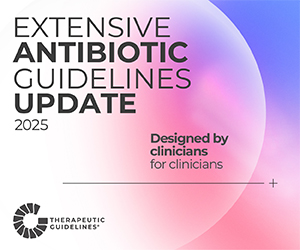A worrying number of Australian women are drinking at dangerous levels despite understanding that it is likely to be causing them harm, Flinders University researchers have warned.
The study found over 300,000 Australian women are regularly drinking at very high-risk levels (11 or more standard drinks in one sitting at least once per month), also known as binge drinking.
“Despite being more vulnerable to alcohol-related harms, women have historically been underrepresented in alcohol research,” says Victoria Kostadinov from the College of Medicine and Public Health.
“In particular, research regarding women who drink at very high levels is lacking, with most of the research not differentiating between those who drink slightly above the official guidelines (4 standard drinks per day/10 per week) and those who drink well above these levels.
“What makes this especially concerning is that unfortunately women are more susceptible than men to experiencing severe health problems from excessive drinking, including liver issues, cardiovascular disease, cancers and mental health issues like depression and anxiety.”
Growing evidence that alcohol may interact with women’s natural biological rhythms, such as estrogen and progesterone cycles, and that the impact of alcohol worsens with age and the menopause.
According to researchers, daily alcohol consumption among Australian women increased by 203% between 1950 and 1980, compared to just 6% among men.
At the same time, research has shown that since the 1990s there has been a clear push to market alcohol products, drinking spaces and drinking culture specifically targeted at women.
The Flinders University study is the first of its kind in Australia to examine the prevalence and characteristics of women who drink at very high-risk levels – and compare it with men – to create a national profile.
In line with previously published data, the study found that a greater proportion of men consumed alcohol at very high-risk levels than women (10.4% of men and 3.1% of women), however the results indicate that many Australian women are also drinking at very high rates. Similar research indicates that Australia’s nurses and midwives are also at greater risk of risky drinking behaviours.
The characteristics of the women appear to be different from their male counterparts with women more likely to be younger, unmarried, experience high psychological distress, and have a mental health condition compared to men who drink at similar levels.
“Our findings support the need for tailored strategies to prevent and manage very high-risk consumption among women, with a focus on how sex and gender can affect responses to treatment, policies, and health promotion messages,” says Ms Kostadinov.
It’s important for people to know that alcohol is classified as a group 1 carcinogen, this is the highest risk group, which also includes asbestos, radiation and tobacco, says Professor Jacqueline Bowden, Director of the National Centre for Education and Training on Addiction (NCETA).
“Alcohol consumption can increase women’s risk of various cancers, including digestive, breast and pancreatic cancer, as well as other health issues and being susceptible to alcohol-related abuse.
“The findings from this research highlight the need for tailored strategies to prevent and manage very high-risk consumption among women.”
Read the full study here
Support can be found at the National Alcohol and Other Drugs Hotline








